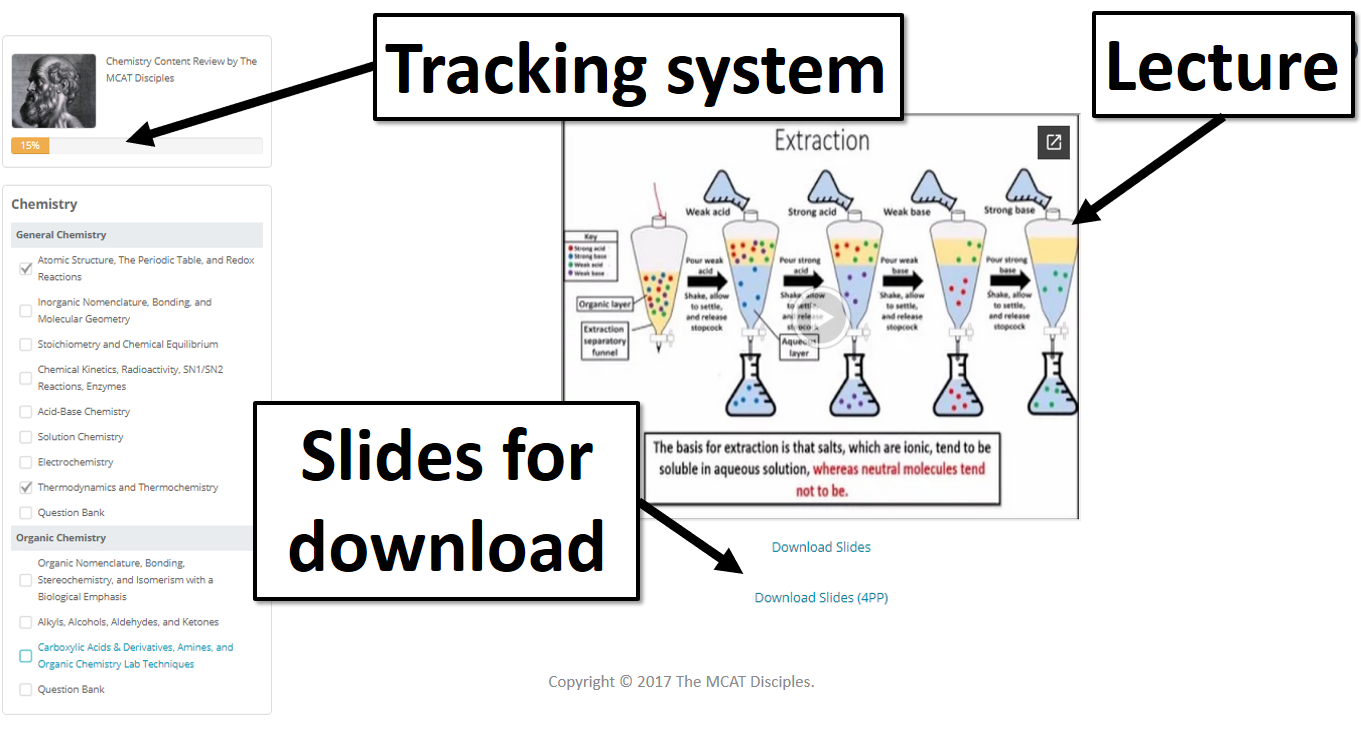Bringing You the Best
Chewing The Scientific Fat
Writing Your First Case Report? Follow these simple tips and tricks to facilitate the process.
By J.A. 4/8/2018

Are you a bright and motivated medical student or resident venturing into the realm of scientific writing? If so, writing a clinical vignette, or case report, may be the best way to dip your toes in the water. Below I’ve outlined a few tips and tricks that will surely facilitate the process, so please be sure to help yourself and follow these rules. Once you’ve identified the most perfect patient case just waiting for your contribution to the medical literature...
- Choose your physician wisely. Ideally, your partner physician is one that has expertise in the field of the case you are reporting. This ensures that the physician is the most knowledgeable person to discuss your case with and to answer any questions you may have. Remember that you will need to ask this physician for help when you need it, so it is imperative that you build a rapport and feel comfortable working with them.
- Recruit other medical students or residents. Though this goes without saying, make sure that the person(s) you choose are interested in scientific writing and share your goal of publication. The process of writing a case report becomes immediately less painful when you are able to split the work with others. Decide on the amount of authors you’d like to include based on the complexity of the case you are reporting. A useful guideline for the amount of authors needed to write a simple case report is no less than 2 and no greater than 4.
- Make a timeline and stick to it. Writing a case report takes time. It is a task that you’ve decided to tackle along with your gazillion other obligations. Though you may need to attend to time-sensitive obligations first, it is in your best interest to prioritize your writing so that you are able to publish in a timely manner. Do not let this case report become a looming black cloud that just adds stress to your already hectic schedule.
- Follow the guidelines and structure your paper accordingly. If you are unsure as to how to do this, refer to the many scientific articles in the literature about how to write a scientific article, such as a case report, for the literature. This is the part where you don’t try to cut corners and instead read those articles in depth so that you are well aware of what is expected from your writing. Do this now and avoid the headache of editing after you’ve submitted your paper because you did not follow instructions.
- Use F1000 workspace. Directly from the website, “F1000 workspace provides a unified workspace for scientists to collect, write & discuss scientific literature. It features a web-based application, a browser extension, powerful word processing plugins and a mobile application.” If you are someone who enjoys utilizing tools that make your life easier, you are going to really, and I mean really, love this. F1000 is especially handy because it allows you to bookmark and annotate references that you can collaborate on. Also, like other bibliography sites, F1000 will generate your bibliography and insert internal citations into your MS Word or Google Docs file using the document plug-ins.
Taught by Laureano Andrade Vicenty
- Cost:
$599 $499
- Study schedule and tracking system
- Over 55 90 minute traditional style lectures containing everything you need to know for the new MCAT
- PERFECT for the audio-visual learner
- Access to course content for 8 months
If you’ve made it this far, you obviously possess the skill set required to submit and publish a case report. Now, heed these tips and get to writing!



